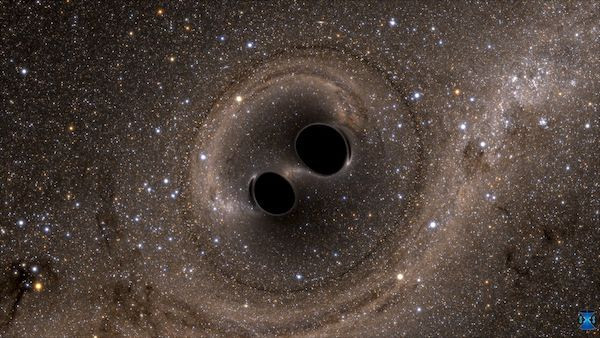Number Of Known Black Holes Will Double Thanks To New Research

The number of known black holes is expected to double in the next couple of years thanks to a new detection method, researchers from the University of Waterloo in Canada recently announced.
Scientists developed a method that will spot about 10 black holes per year, which is twice the number currently known within two years, the institution says. The discoveries will help researchers understand the history of black holes within a decade.
“Within the next 10 years, there will be sufficient accumulated data on enough black holes that researchers can statistically analyze their properties as a population,” said Avery Broderick, a professor in the Department of Physics and Astronomy at Waterloo. “This information will allow us to study stellar mass black holes at various stages that often extend billions of years.”
Researchers from the university and others from the U.S. and Iran developed a method that can detect black holes by combining microlensing and radio wave interferometry. Gravitational microlensing happens when a dark object, like a black hole, passes between us and another light source, such as a star.
Researchers say that even the biggest telescopes that observe microlensing events in visible light have a limited resolution, which means astronomers can learn only little about the object that passed by.
“Instead of using visible light, Broderick and his team propose using radio waves to take multiple snapshots of the microlensing event in real time,” the University explains. “Taking a series of radio images over time and turning them into a movie of the event will allow them to extract another level of information about the black hole itself.”
The method was published in The Astrophysical Journal.
© Copyright IBTimes 2024. All rights reserved.





















